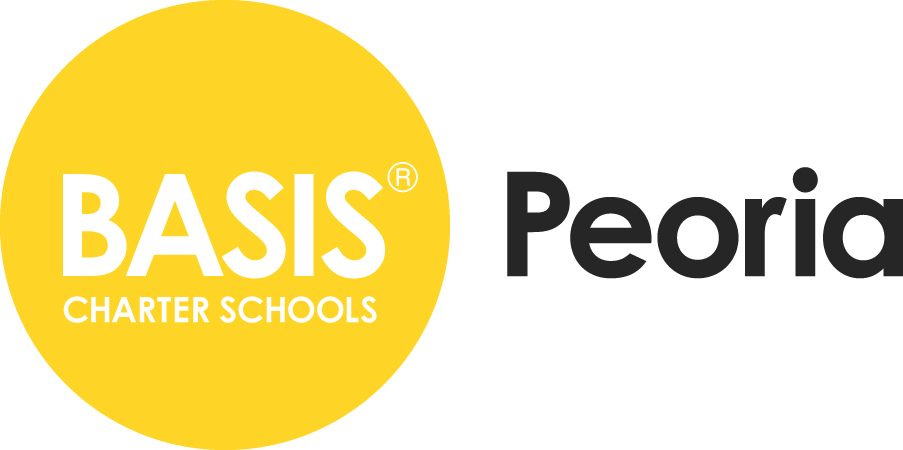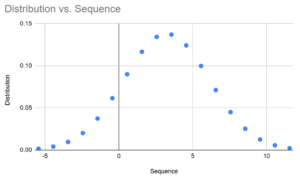Investigating the communication mistakes of blood pressure medications: Week 5
Swagat D -
This week was a surprising week, and that’s how it is! The halfway mark is always like that.
Much like last week, I spent more time talking to the patients. Although my focus is on my medication research, I still made sure to interact with the seniors, as getting exposure on talking and relating to them is going to happen to me in my medical career, so I’d much rather get as much clinical experience with this now than later.
Good thing I did stay with the patient’s a lot though because as I was shadowing Dr. Sharma, one of the patients felt very dizzy and lightheaded. Once she said she was seeing white spots, immediately we knew that her blood pressure drastically reduced. Dr. Sharma ordered me to put her legs on the chair and get her some water, which I did while she was calling medical assistants to get her some candy and check her vitals. Once she felt better, I stayed with the patient for 15 mins to ensure that she was feeling better.
Now, let’s get back on track with the data. To remind you all, the data I’m collecting is just the patient number and number of medication inaccuracies (what constitutes as an inaccuracy is in my second blog post). Dr. Sharma has advised me that I officially start classifying the reasons as to these medication errors, so I’ve been making a list. As of now, duplicate copies in the system and finishing temporary medications without calling the office beforehand seems to be the most common reasons.
Lastly, since I am conducting a one sample t-test to observe whether the medication inaccuracies in this clinic can be generalized to the whole population or has nuanced, local implications for these errors, I created a normal distribution with all the data I have collected on Google Sheets. Now, although negative errors don’t exist, I don’t know how to start my data on the x-axis from 0 (any tips would be appreciated). But, I am glad with the progress I have made with my data collection, so cheers to that!
If you are reading this, thanks. I really do appreciate the support I’m getting from this research and I hope you have a wonderful day! I’ll see you next week.
P.S. Attached is the first iteration of my normal distribution of medical inaccuracies!

